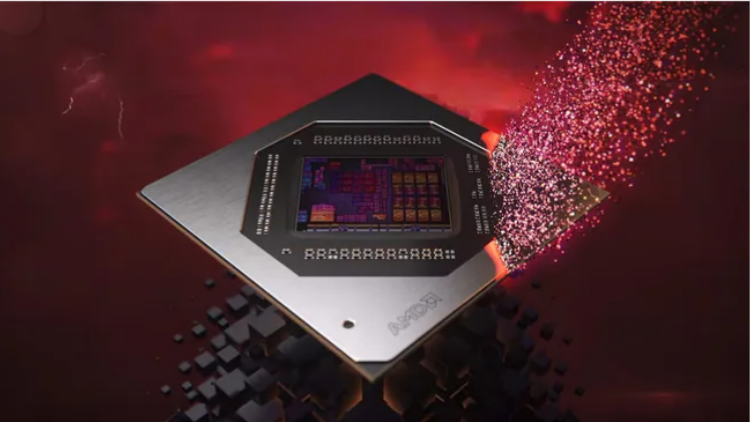As graphics technology continues to advance, AMD's latest masterpiece in the GPU field, the RDNA 4 GPU, is expected to be unveiled in early 2025. The release of this next-generation GPU heralds a major breakthrough in AMD's ray tracing and artificial intelligence (AI) capabilities, revolutionizing gaming and high-performance computing.
Features of RDNA 4 GPU
1. Significantly improved ray tracing performance
RDNA 4 GPUs are expected to deliver significant ray tracing performance improvements. This is a huge boon for gamers, as it provides a more realistic and immersive gaming experience, especially in scenes that require complex lighting and shadow effects. Ray tracing simulates the propagation of light through a scene, bringing more realistic shadows, reflections, and global illumination to games.
2. Added AI features
In addition to the ray tracing performance improvements, the RDNA 4 GPU will also add new AI features. This means that future AMD GPUs will be better able to support AI-powered applications and processes, bringing more efficient performance to gaming and other graphics-intensive applications. The integration of AI will enable GPUs to perform more complex data analysis and image processing, making games more intelligent and interactive. For example, PSSR super-resolution technology and 8-bit AI computing power will provide strong support for the AI functions of RDNA 4 graphics cards. The introduction of these AI functions will enable RDNA 4 graphics cards to have a wider application prospect in machine learning, deep learning, image processing and other fields.

Figure: AMD will launch RDNA4 graphics cards in 2025 (Source: AMD)
3. Significant improvement in game performance
AMD CEO Lisa Su mentioned in the earnings call that in addition to the improvement of ray tracing and AI capabilities, the RDNA 4 GPU will also bring a strong boost in gaming performance. This shows that AMD is actively pushing the limits of gaming performance while maintaining the competitiveness of its products.
Release time and market expectations
AMD plans to officially unveil the RDNA 4 GPU at CES in January 2025, along with related gaming notebook components and the Ryzen Z2 handheld chip. This release plan shows that AMD is aggressively expanding its product line in the gaming and computing industries and is confident in the upcoming new generation of GPUs.
Industry impact and AMD's strategic shift
Despite AMD's upcoming release of new GPUs, the company expects gaming revenue to continue to decline in the quarter. This is largely due to the gradual aging of PlayStation 5 and Xbox Series consoles, which has reduced the need for gaming hardware. Lisa Su noted that the gaming business accounts for only 2% of the company's revenue, while the data center business now accounts for more than half of the company's business. She emphasized that AMD's strategic shift to become an end-to-end AI leader means that the company will focus more on the development and application of AI technology.
Conclusion
The release of RDNA 4 graphics cards will have a profound impact on the graphics card market. First, it will provide consumers with more choices, especially those who have a need for value for money. With the release of RDNA 4 graphics cards, consumers will be able to purchase high-performance, affordable graphics cards that meet their needs for gaming, creation, and more. Secondly, the high-performance design of the RDNA 4 graphics card will help improve the gaming experience, especially in games that need to handle complex graphics and high frame rates. This will allow players to enjoy smoother, more realistic graphics and a richer gaming experience. Finally, the AI function of the RDNA 4 graphics card will also provide strong support for the development of AI algorithms and applications, and promote the further development and popularization of AI technology.






